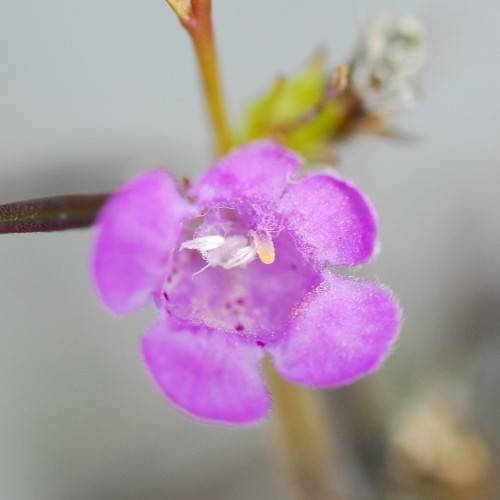
Small-Flowered Agalinis
Agalinis purpurea var. parviflora
Watering:
Minimal
Hardiness Zone:
6
Flowers:
Flowers
Sun:
Sun, Partial Shade
Soil:
Clay, Sand, Loam
Leaf:
Yes
Growth Rate:
Low
Drought Tolerant:
Yes
Salt Tolerant:
Yes
Care Level:
Moderate
watering
Salt Marsh False Foxglove should be watered regularly and deeply, at least once a week. If it is particularly hot, dry and sunny, an additional watering every 4-5 days may be necessary. Check the soil before watering to determine when an additional watering is needed - the soil should feel dry about 1 inch below the surface. During hot summer weather, it may be beneficial to also mist the foliage with a spray bottle.
sunlight
Salt Marsh False Foxglove (Agalinis maritima var. maritima) grows best in full sun, which is 6 to 8 hours of un-obstructed direct sunlight each day. It grows best in direct sunlight from late morning to early afternoon, with some morning and evening shade to protect the plant from direct heat. The best time of year for this species to receive full sunlight is from late spring to early fall.
pruning
Salt Marsh False Foxglove (Agalinis maritima var. maritima) requires minimal pruning. It is recommended that when deadheading spent blooms in the summer, some of the excess foliage should also be removed to allow for better air circulation and to promote future flowering. Pruning should be done in late summer or early fall, in order to give the plant time to regrow and prepare for chilly winter temperatures. When pruning, it is important to remove only a few of the tips of the branches, and not prune the plant back too severely.
